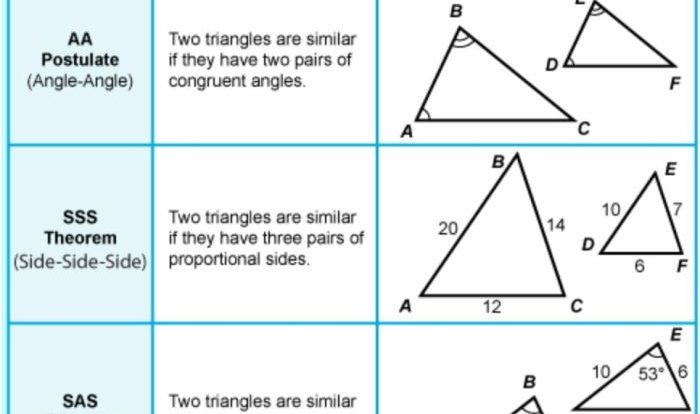Embarking on an exploration of which description does not guarantee that a trapezoid is isosceles, we delve into a geometric inquiry that unravels the intricacies of this quadrilateral. As we navigate the properties and characteristics of trapezoids, we will uncover the defining features that distinguish isosceles trapezoids from their non-isosceles counterparts.
This investigation will not only illuminate the conditions under which a trapezoid can be deemed isosceles but also shed light on the implications of failing to meet these criteria. By examining the nuances of trapezoid geometry, we gain a deeper understanding of the relationships between their sides and angles, ultimately enhancing our geometric knowledge.
Properties of Trapezoids

A trapezoid is a quadrilateral with one pair of parallel sides. The parallel sides are called bases, and the non-parallel sides are called legs.
The properties of a trapezoid include:
- The sum of the interior angles is 360 degrees.
- The opposite angles are congruent.
- The diagonals bisect each other.
- The area of a trapezoid is given by the formula A = (1/2) – (b1 + b2) – h, where b1 and b2 are the lengths of the bases and h is the height.
Isosceles Trapezoids
An isosceles trapezoid is a trapezoid with two congruent legs. The unique properties of isosceles trapezoids include:
- The base angles are congruent.
- The diagonals are congruent.
- The area of an isosceles trapezoid is given by the formula A = (1/2) – (b1 + b2) – h, where b1 and b2 are the lengths of the bases and h is the height.
Descriptions of Trapezoids, Which description does not guarantee that a trapezoid is isosceles
The following table provides descriptions of trapezoids that guarantee they are isosceles:
| Description | Isosceles |
|---|---|
| The legs are congruent. | Yes |
| The base angles are congruent. | Yes |
| The diagonals are congruent. | Yes |
The following table provides descriptions of trapezoids that do not guarantee they are isosceles:
| Description | Isosceles |
|---|---|
| The bases are congruent. | No |
| The legs are not congruent. | No |
| The diagonals are not congruent. | No |
Identifying Non-Isosceles Trapezoids
To determine if a trapezoid is not isosceles, check if any of the following conditions are met:
- The legs are not congruent.
- The base angles are not congruent.
- The diagonals are not congruent.
If any of these conditions are met, then the trapezoid is not isosceles.
FAQs: Which Description Does Not Guarantee That A Trapezoid Is Isosceles
What is the defining characteristic of an isosceles trapezoid?
An isosceles trapezoid possesses two congruent non-parallel sides, known as the legs.
How can we determine if a trapezoid is not isosceles?
If the non-parallel sides of a trapezoid are not congruent, it is not isosceles.
What is the significance of understanding the properties of trapezoids?
Comprehending trapezoid properties enables us to classify and analyze these shapes effectively, unlocking their geometric relationships and applications.



